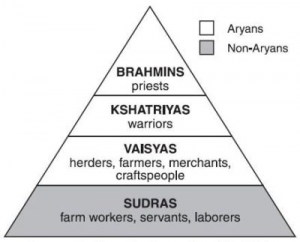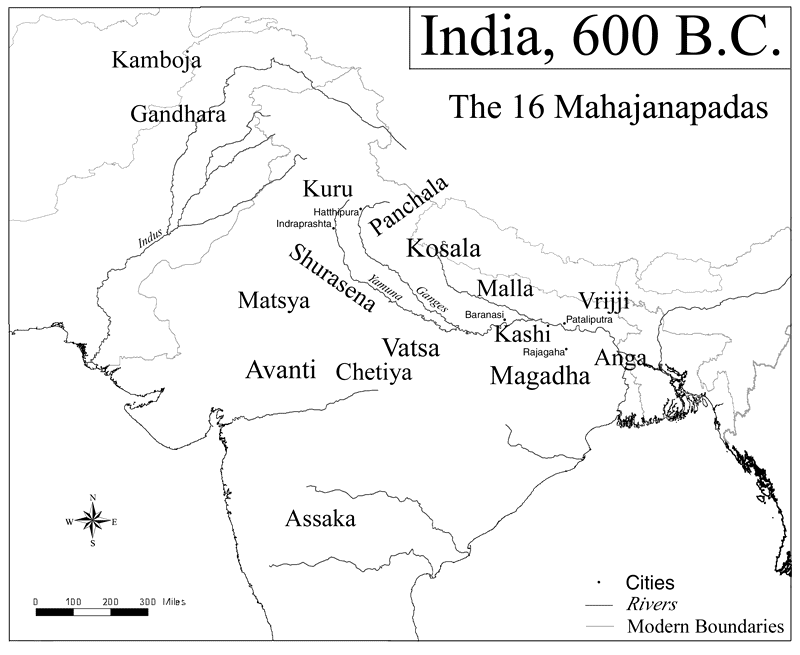Vedic Civilization
The Vedic Civilization was the culture and traditions of the society prevalent during the Vedic age ( 1500- 600 BCE). In various examinations which have a section of general studies, often ask a question or two about the Vedic civilization. This chapter of the history study material & notes is meant to cover the essential and exam-worthy details of the ancient Vedic period. It should be noted here that after the decline of Indus Valley civilization by 1500 BCE, the next wave of civilization began to take shape in form of Aryan occupation of Indo-Gangetic plain. The Aryans:
We will study the following features of the Vedic Civilization under these two periods. Political Organisation in Vedic Age:In Early Vedic Age:
|
In Later Vedic Age:
Society in Vedic Civilization:In Early Vedic Age:
|

In Later Vedic Age:
Economic Conditions in Vedic Civilization:In Early Vedic Age:
Religion in Vedic Period:In Early Vedic Age:
|

Comments
Post a Comment